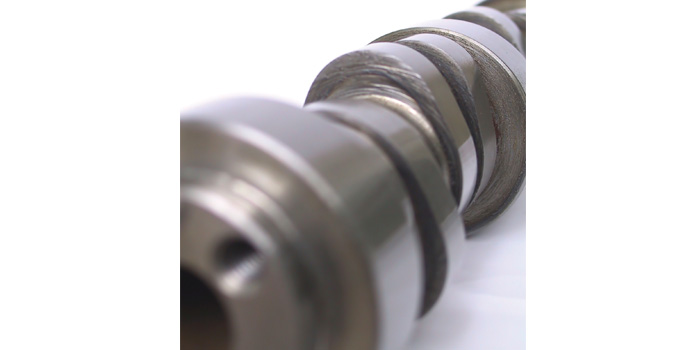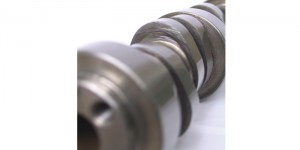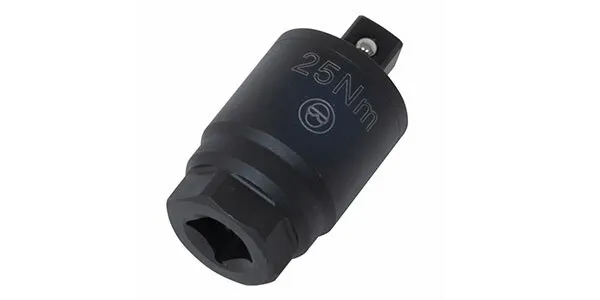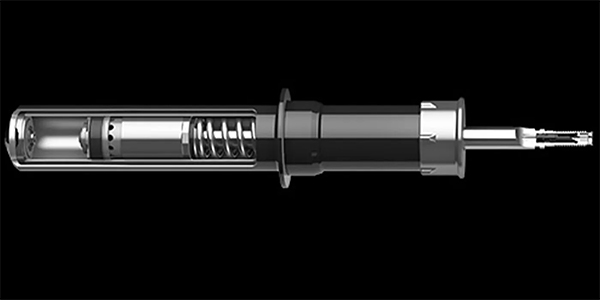If you’re selling engine hard parts such as a set of main and rod bearings, piston rings, valve springs, intake or exhaust valves, camshaft(s), lifters, pushrods, cam followers, pistons, connecting rods or even a crankshaft, you’d better make sure they are the correct parts for the application. There are so many variables in engines today it’s not always easy to determine which part number fits a particular engine. The engine VIN code as well as other information (such as transmission type, emissions certification and even build date) are often needed to accurately identify an engine.
There can be subtle changes in engine design from one model year to the next, or even mid-year changes that complicate the identification process. Vehicle manufacturers may change piston ring configurations, compression ratios, camshaft specifications, camshaft and crankshaft diameters, valvetrain components, timing covers, gaskets, seals and sensors as they see fit, leaving the process of figuring out these changes to the aftermarket. Sometimes parts are listed for applications that they don’t actually fit because of running changes that have been made since an OEM part was originally introduced. This can create installation problems for the unwary customer who isn’t up-to-date on the latest revisions.
Engine parts suppliers have tried to make the process of replacing engine parts easier by packaging various kinds of parts together in an engine kit. The same is true with gasket sets. The parts are bundled so they include the correct parts for the application (no mismatched components from different suppliers), as well as all of the commonly replaced parts a customer may require to repair his engine. This greatly reduces mistakes and the return of incorrect parts that don’t fit.
The main competition for individual engine hard parts and engine kits is crate engines. Crate engines run the gambit from remanufactured stock long blocks for popular applications to brand-new engines from the OEMs to custom engine builds with various levels of performance. An engine customer can buy just about any level of quality or performance they desire — if they can afford it. The primary advantages of crate engines is that they don’t require any additional machine work or assembly other than bolting on external components such as manifolds, fuel system, ignition system and/or sensors if they are not included as part of the package. Of course, the engine customer is paying for all of this convenience whether he is buying a brand new engine or a remanufactured engine.
If a customer doesn’t need a complete engine and only wants to replace some damaged or worn components, buying the parts individually or as part of a kit can often save a lot of money. Plus, a customer can often choose the brand of engine parts he wants to have in his engine, which is something that isn’t always possible with a crate engine because that choice has already been made for the end user. Also, if a customer wants to upgrade a particular component, they have that option when buying parts individually.
Camshaft upgrades are a popular option for many engines, along with upgraded valve springs and other valvetrain components such as roller lifters, stronger pushrods and high lift roller rocker arms. Higher compression pistons are another change that can provide more horsepower and better fuel economy. Tougher ductile iron or stainless steel compression rings can improve an engine’s durability. Stock head gaskets can be upgraded to more durable multi-layer steel (MLS) head gaskets. Stock head bolts can be upgraded to stronger aftermarket bolts and studs.
Familiarize yourself with the latest engine parts offerings from your suppliers so you don’t miss potential upgrade opportunities when selling engine parts. Your customers will thank you for it!










